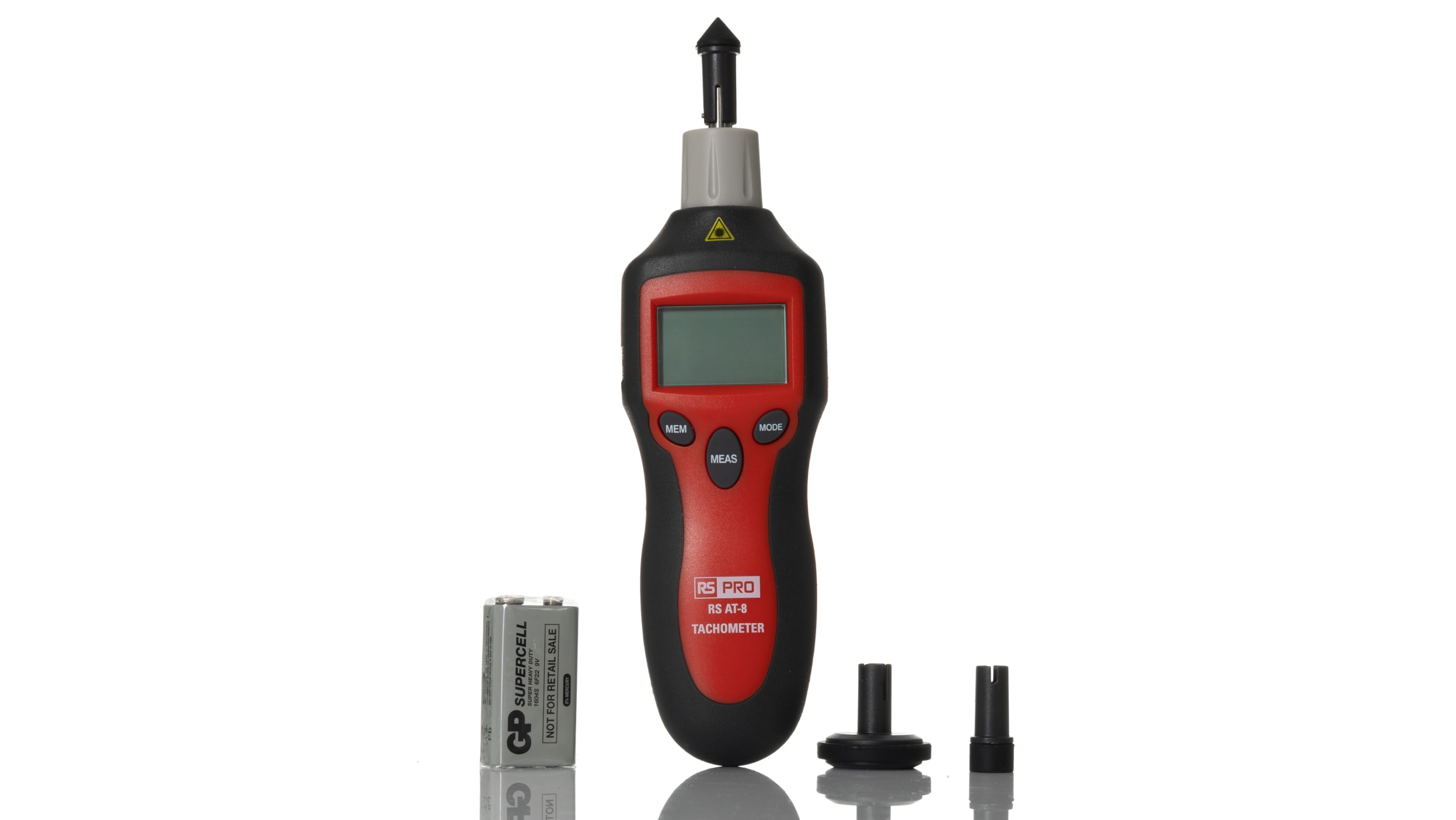Opening the Tricks of Tachometers: Whatever You Required to Find Out About This Essential Tool in Your Car
Recognizing the complexities of tachometers can give beneficial understandings right into your vehicle's performance and upkeep requirements. From gauging engine speed to decoding the data it provides, tachometers serve as a vital tool for car owners and enthusiasts alike. By unraveling the enigmas behind this essential instrument, you can open a wide range of info that can boost your driving experience and ensure the long life of your car.
Importance of Tachometers
The importance of tachometers depends on their capacity to supply critical real-time information concerning an engine's rotational rate, enabling accurate tracking and upkeep of machinery. By determining the changes per min (RPM) of an engine's crankshaft, tachometers supply important insights right into the engine's performance - tachometer. This data is crucial for making certain that the engine operates within its optimal array, avoiding potential damages from over-revving or underperforming
Tachometers play a vital role in helping operators and professionals detect any type of abnormalities in the engine's rate, which might show issues such as gas inadequacy, mechanical troubles, or extreme stress on the engine. By without delay determining these problems through tachometer readings, maintenance can be carried out proactively, stopping pricey repairs and downtime in the long run.
Additionally, tachometers are especially critical in high-performance lorries and machinery, where specific control over engine speed is required for optimal procedure. Competing automobiles, airplane, and industrial devices depend on tachometers to supply peak efficiency while keeping security requirements. In significance, tachometers are not simply instruments for measuring speed yet vital tools for guaranteeing the smooth and effective procedure of engines across various applications.
Just How Tachometers Step Engine Rate
Making use of sensing units that find the regularity of electrical pulses generated by the engine's ignition system, tachometers properly determine the rotational speed of an engine. By keeping an eye on the rate at which these pulses are obtained, tachometers provide real-time responses on just how quick the engine's crankshaft is rotating per min, typically described as revolutions per minute wikipedia reference (RPM)
The tachometer's sensing unit, usually attached to the engine's ignition coil or stimulate plug cords, gets the electrical signals produced each time a cyndrical tube fires. These signals are then converted into RPM analyses displayed on the scale or tool cluster within the chauffeur's view. Tachometers can be analog or electronic, with modern automobiles frequently including electronic screens for precise and immediate RPM readings.
This info is crucial for drivers learn this here now to understand the engine's efficiency, prevent over-revving, maximize equipment shifting, and ensure efficient gas usage. By precisely measuring engine speed, tachometers play an essential role in aiding chauffeurs run their vehicles safely and efficiently.
Translating Tachometer Readings
Having a clear understanding of how tachometers gauge engine rate sets the foundation for successfully analyzing the RPM readings showed. Translating tachometer readings is important for ideal lorry performance and engine health and wellness. When the engine is idling, the tachometer needle typically relaxes around 600-1000 RPM, depending on the vehicle.


Tips for Using Tachometers Effectively
To enhance driving performance and enhance engine performance, what trick methods can be executed for efficiently making use of tachometers? Tachometers are crucial devices that offer real-time responses on engine rate, making it possible for drivers to make educated choices for much better performance - tachometer. Here are some pointers for making use of tachometers effectively:
Recognizing Optimum RPM Variety: Familiarize yourself with the optimal RPM (Revolutions Per Minute) array for your automobile. This variety differs in between different vehicles and is typically shown in the proprietor's manual. Maintaining the engine within this range can boost gas efficiency and prolong the engine's lifespan.
Changing Equipments at the Right Time: Use the tachometer to identify the best time to change gears. Goal to change gears when the RPM reaches the ideal array for the following equipment.
Monitoring Engine Anxiety: High RPMs for prolonged periods can stress the engine. Maintain an eye on the tachometer to stop over-revving, especially throughout velocity or when bring heavy loads.
Tachometers and Car Maintenance
When thinking about vehicle upkeep, tachometers play a critical duty in keeping track of engine performance and detecting prospective you can look here issues. Tachometers offer necessary information on engine rate, allowing drivers and technicians to guarantee that the engine is operating within the recommended RPM range.
In enhancement to spotting potential issues, tachometers can also aid in maximizing fuel efficiency. By keeping the engine rate within the ideal range, chauffeurs can boost their gas mileage and decrease gas usage. This not only benefits the driver's wallet yet also adds to environmental conservation by decreasing hazardous emissions.
Verdict
